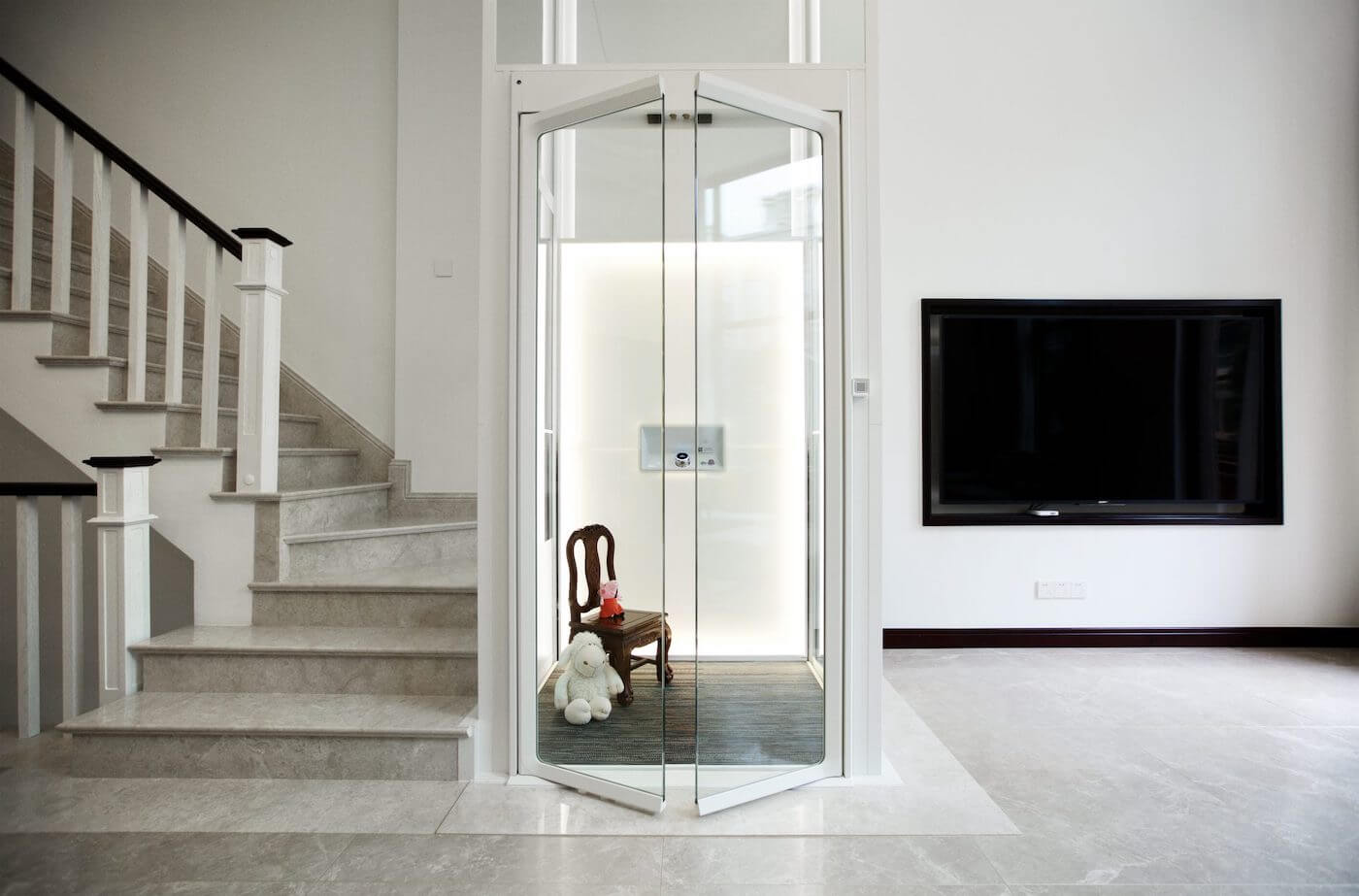We Maintain Lifts with Precision: Ensuring Safety and Efficiency
We Maintain Lifts with Precision: Ensuring Safety and Efficiency
Blog Article
Looking Into the Globe of Elevators: Usual Problems Faced by Different Lift Systems
As we browse via the vertical transport systems of modern-day structures, elevators stand out as an indispensable element of our everyday lives. From hydraulic lifts to grip systems and machine-room-less designs, each lift kind comes with its collection of common problems.
Hydraulic Elevators
Hydraulic lifts, often liked for low-rise structures, use fluid stress to manage the motion of the elevator automobile (lift repair companies). This device entails a hydraulic pump pressing oil into a cylinder, triggering the lift to relocate the wanted instructions. While hydraulic elevators are recognized for their smooth and peaceful procedure, they do include their very own set of typical concerns
One prevalent problem with hydraulic lifts is oil leak. Furthermore, problems with the control system, such as defective valves or a malfunctioning pump, can cause disruptions in the lift's activity.
Routine maintenance and punctual fixings are important to ensure the smooth functioning of hydraulic lifts. By attending to these typical issues proactively, structure owners can minimize downtime and ensure the safety and security and performance of their vertical transport system.
Grip Elevators
When taking into consideration vertical transport systems in structures, an additional typical kind other than hydraulic elevators is the grip elevator. Grip elevators run utilizing a system of ropes and counterweights that relocate the elevator vehicle by gripping onto the hoist ropes. This system enables smoother and much faster upright transport compared to hydraulic systems.
Among the typical issues dealt with by traction elevators is rope wear. The constant activity of the ropes within the traction system can bring about tear and put on gradually, possibly triggering the elevator to breakdown or become harmful for use. Normal evaluations and upkeep of the ropes are vital to make certain the elevator's correct functioning and security.
An additional problem that grip lifts might encounter is connected to the control system. Problems with the control system can bring about issues such as unpredictable activity, delays in feedback times, or perhaps total closures. Normal testing and maintenance of the control system are important to avoid such issues and make sure the lift's integrity.
Machine-Room-Less (MRL) Elevators

Among the key parts of MRL elevators is the portable gearless traction machine that is mounted within the hoistway. This maker efficiently drives the lift cars and truck without the need for cumbersome equipment located in conventional grip lifts. Additionally, MRL elevators usually use a counterweight system to balance the car, more enhancing their power efficiency.
Despite their advantages, MRL lifts might encounter challenges connected to repair and maintenance because of the constrained room for equipment setup. Access for servicing parts within the shaft can be limited, requiring specialized training for specialists. Correct upkeep schedules and regular assessments are critical to ensure the continued smooth operation of MRL elevators.
Overloading and Weight Restriction Issues
Are lifts equipped to handle excess weight loads efficiently and safely? Overloading and weight limit problems are critical concerns in lift operations. Elevator manufacturers design lifts with specific weight capacities to guarantee traveler security and devices durability. Exceeding these weight limits can lead to various troubles, consisting of mechanical failings, delays, and security risks.
When lifts are overloaded, it places too much stress on the electric motor, cords, and other parts, potentially causing break downs or malfunctions. If they identify excess weight, safety and security systems such as sensing units and overload sensors are in area to stop elevators from relocating. Additionally, exceeding weight restrictions can result in raised energy intake and deterioration on the lift system.
To alleviate straining concerns, developing managers must plainly display weight restrictions in elevators and inform residents on the relevance of adhering to these constraints - lift repair companies. Regular upkeep checks by qualified professionals can also aid read review ensure that lifts are running within risk-free weight criteria. By attending to overloading and weight limit problems proactively, structure proprietors can enhance lift safety and effectiveness
Electric System Failings
Exceeding weight limits in lifts can not just lead to mechanical concerns however likewise possibly add to electrical system failures within the lift infrastructure. Electric system failings are an important problem in lift operation, as they can create unanticipated closures, malfunctions, or even safety and security threats.
In addition, power rises or fluctuations in the electric supply can additionally interrupt the elevator's procedure, impacting its performance and safety. These electric disturbances can damage delicate elevator parts such as control panels, circuit boards, or sensing units, leading to system failings. Regular upkeep and assessments are crucial to recognize and resolve potential electrical problems quickly, making certain the secure and reliable operation of lift systems. By adhering to weight limits and performing routine electric system checks, building proprietors can reduce the threat of electrical failures in elevators.
Final Thought

Hydraulic elevators, commonly chosen for low-rise structures, use fluid stress to control the activity of the elevator car.When taking into consideration vertical transportation systems in structures, another usual type aside from hydraulic lifts is the traction elevator. Grip lifts operate utilizing a system of ropes and weights that relocate the elevator cars and truck by clutching onto the hoist ropes. Unlike conventional lifts that require a separate maker area to house the equipment, MRL lifts integrate most of the parts within the shaft, eliminating the requirement for a committed device space.In verdict, lifts face usual concerns such as hydraulic malfunctions, traction system failings, and electric system troubles.
Report this page